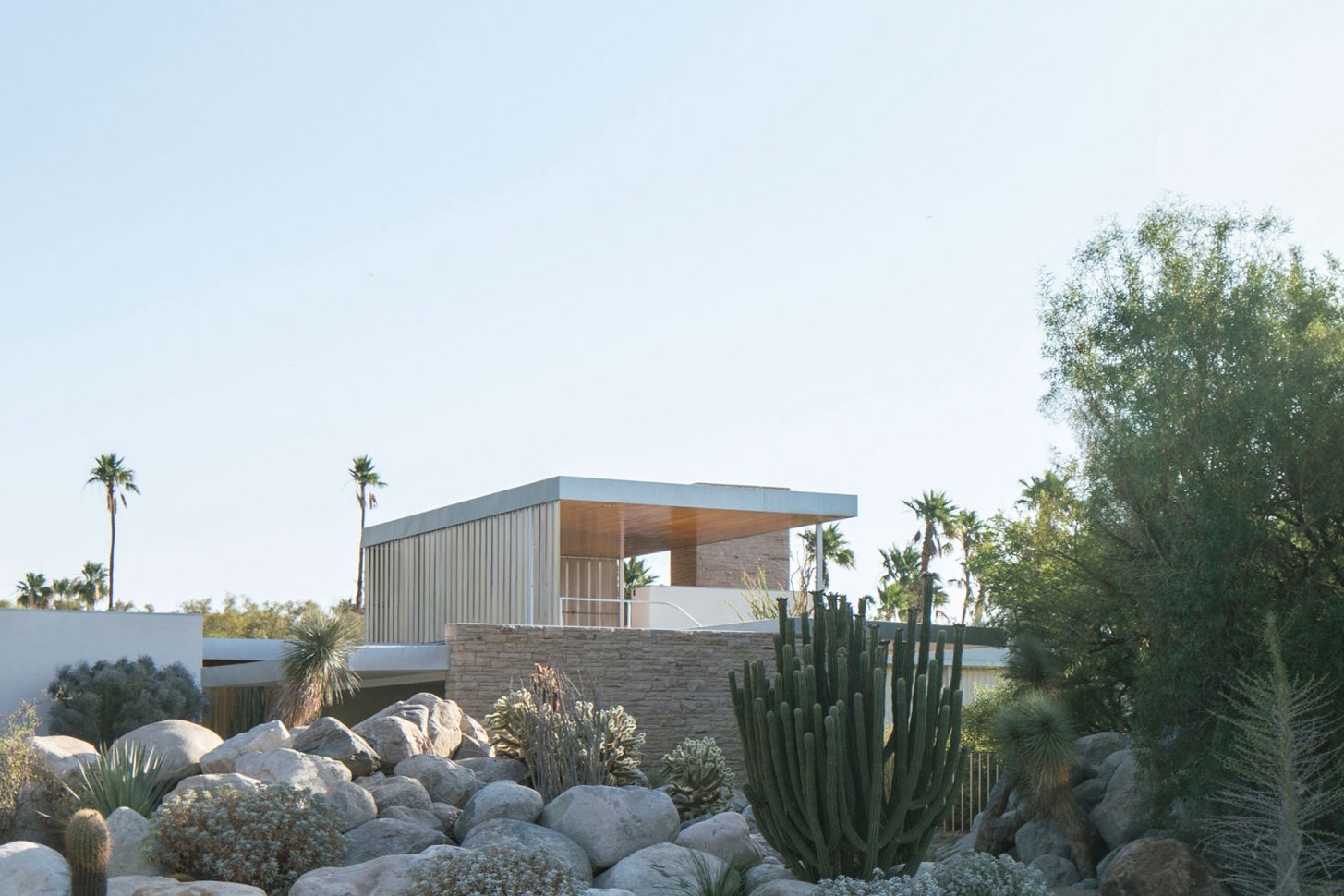With so many different design styles out there, it’s important to look deeper at three top choices. When it comes to Mid-century modern design, it’s a very popular choice, but it’s not the only unique design type from years past. Both Art Moderne and Desert Modernism provide blasts from the past gaining popularity in today’s world.
While Mid-century modern, Art Moderne, and Desert Modernism are all similar, they do have differences. Let’s look at all three of these design styles in-depth to get a better idea of which one is right for you.
Mid-Century Modern
Coming after World War II, Mid-century modern design was born out of optimism. This was a time when designers were tapping into their creativity to create something fresh and new. New materials hit the market and there were plenty of possibilities for the design industry.
When it comes to mid-century modern homes, the structures offer simplicity, comfort, and an open design giving the owner plenty of living space. Post and beam structures are common, along with walls of windows and a blend of the outdoors and indoors by blurring the lines.
Mid-century modern design was a huge part of the 1950s and 1960s but fell out of favor through the 1970s and 1980s. The late 1990s brought it back with many finding interests in the mid-century modern furniture and home styles.
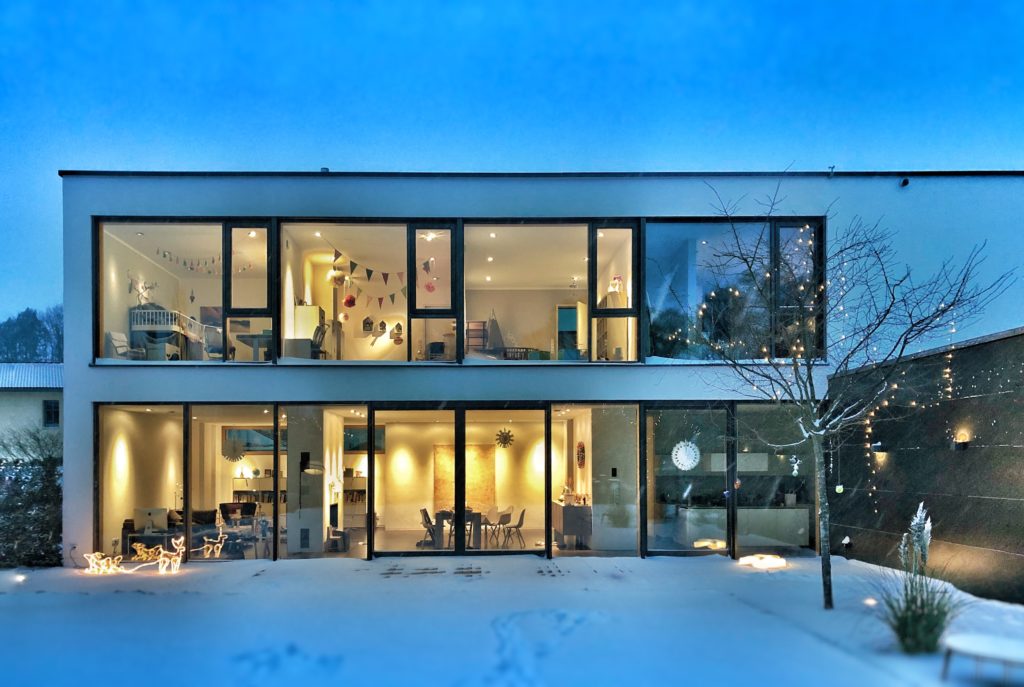
The common design elements of minimalism and organic modernism have brought mid-century modern homes back into vogue. The appeal of simple shapes, creative use of space and materials, bold colors, clean lines, and no need for ornamentation has made mid-century modern design popular again.
While not everybody is searching for a true mid-century modern home, as they can be a bit pricey (especially those with an interesting history), many homeowners are bringing this style of design into their homes. Whether it’s through unique furniture, renovation projects, or simply choosing to paint with bold colors, mid-century modern design has become incredibly popular in today’s world.
Why has it managed to stay popular for so long? As Jim Brett, president, West Elm, told the New York Times, “America is urbanizing again. The purpose this furniture served a long time ago is still a purpose it serves today: It’s intuitive to smaller spaces. I don’t know if there’s another time period with such a prolific amount of beautifully functional designs.”
Art Moderne
Also known as American Modern or Modernist, Art Moderne is a design style native to the United States. It dates back to the early 1930s and the movement lasted through the 1940s.
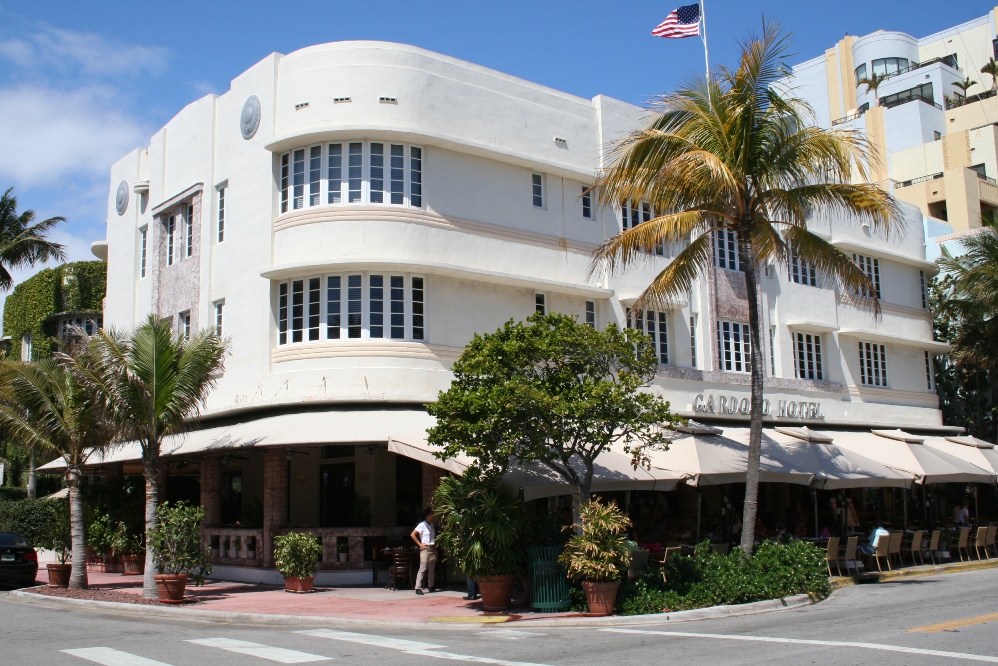
Much of the furniture fitting the Art Moderne style was designed to be mass-produced. It was a design style all about the precision of line and duplication of the features and functions. Surfaces were left very plain and tiered levels became very common.
Art Moderne is found throughout many homes from these early decades for sale today. It’s known for the bigger, bolder, and brassier look and design elements. This design style is all about streamlining through the use of curving lines. The furniture made within this design category was often referred to as “skyscraper” furniture due to the escalating levels.
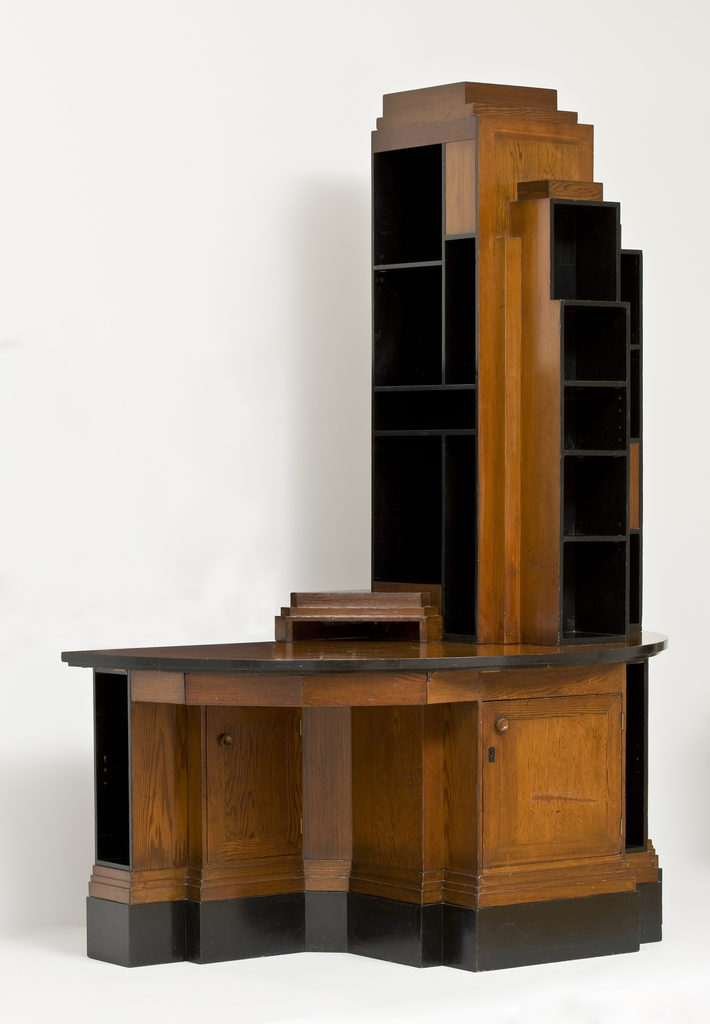
This design style also embraced an uncluttered and light look. Different bold colors fit within the Art Moderne feel including different materials, such as woods, metal, crime, and plastics. Shiny surfaces were a huge part of the movement and found their way into many of the Art Moderne pieces created throughout the 1930s and 1940s.
Desert Modernism
Found mainly in warmer climates, such as Southern California and the American Southwest, Desert Modernism dates back to the 1920s. Modernist architects used the Desert modernism style to create homes taking advantage of the warmer climates and sunny skies. The style was born out of Palm Spring’s love of modern design and the need to update for hotter climates. The style embraces the desert environment with form following function.
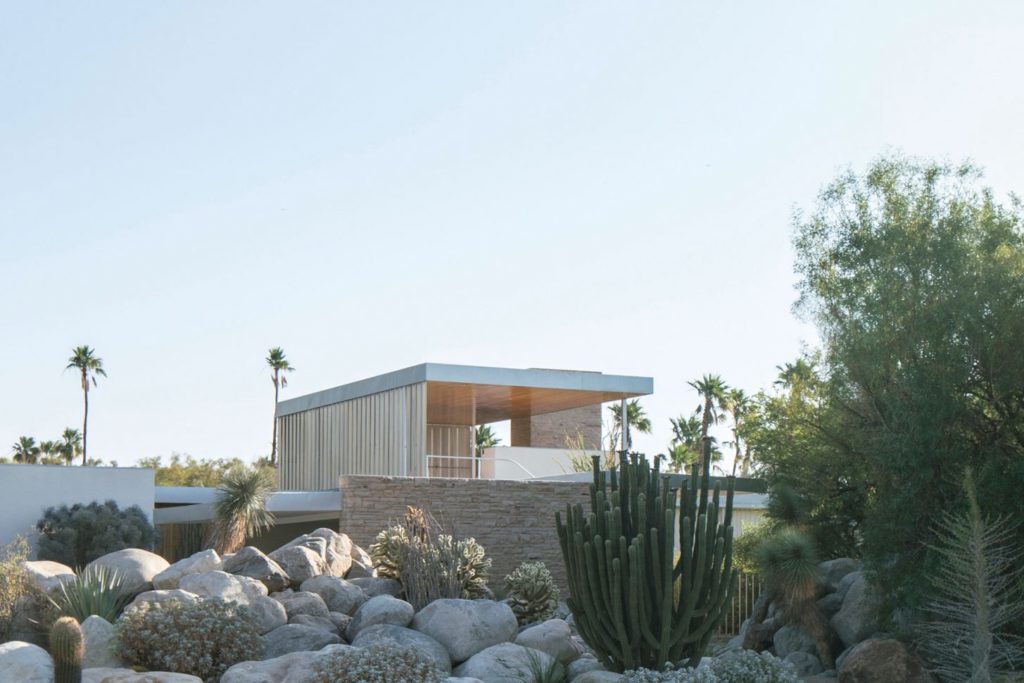
Design emphasized connecting the home to the desert landscape found throughout the area. Palm Springs, California offers some of the best examples of Desert Modernism homes and buildings. Often, architects embracing this style used horizontal planes over glass walls making it seem like the plane was floating above.
Just as mid-century modern design blends the indoors and outdoors by blurring the lines, Desert Modernism does the same. It’s about blending the two with transitions including larger windows letting nature in. In fact, some Desert Modernism homes embrace much of the same elements of mid-century modern homes.
One of the most famous Desert Modernism-style homes is the Twin Palms Sinatra House. As the story goes, early on when Sinatra had just started making it big, he walked into the Williams, Williams, and Williams architecture firm “wearing a white sailor hat and eating an ice cream cone, and said (according to legend) ‘I wanna house!'”
Architect E Stewart Williams designed the now famous home, complete with a piano-shaped pool. It was ready in time for Christmas and Sinatra’s lavish New Year’s Eve party. Today, the home is available for tours, as a venue for events and weddings, and has been featured on several shows and modern home tours.
Looking deeper into Mid-century modern, Art Moderne, and Desert Modernism shows the similarities in the bold colors, simplicity, and other design elements. However, these three styles of design are still very different. While Desert Modernism and Mid-century Modern design are very similar with blurring the lines between outdoors and indoors, they still have plenty of differences.
Regardless of how similar or different these three design styles are, they are all three embraced today. Finding a Mid-century Modern home, an Art Moderne home, or a Desert Modernism home is considered by many to be the crown jewel, especially if many of the original design elements have been preserved. Others bring these elements into their homes through renovations, redecorating or finding an original or reproduction of a piece of furniture from this unique era in American design history.
